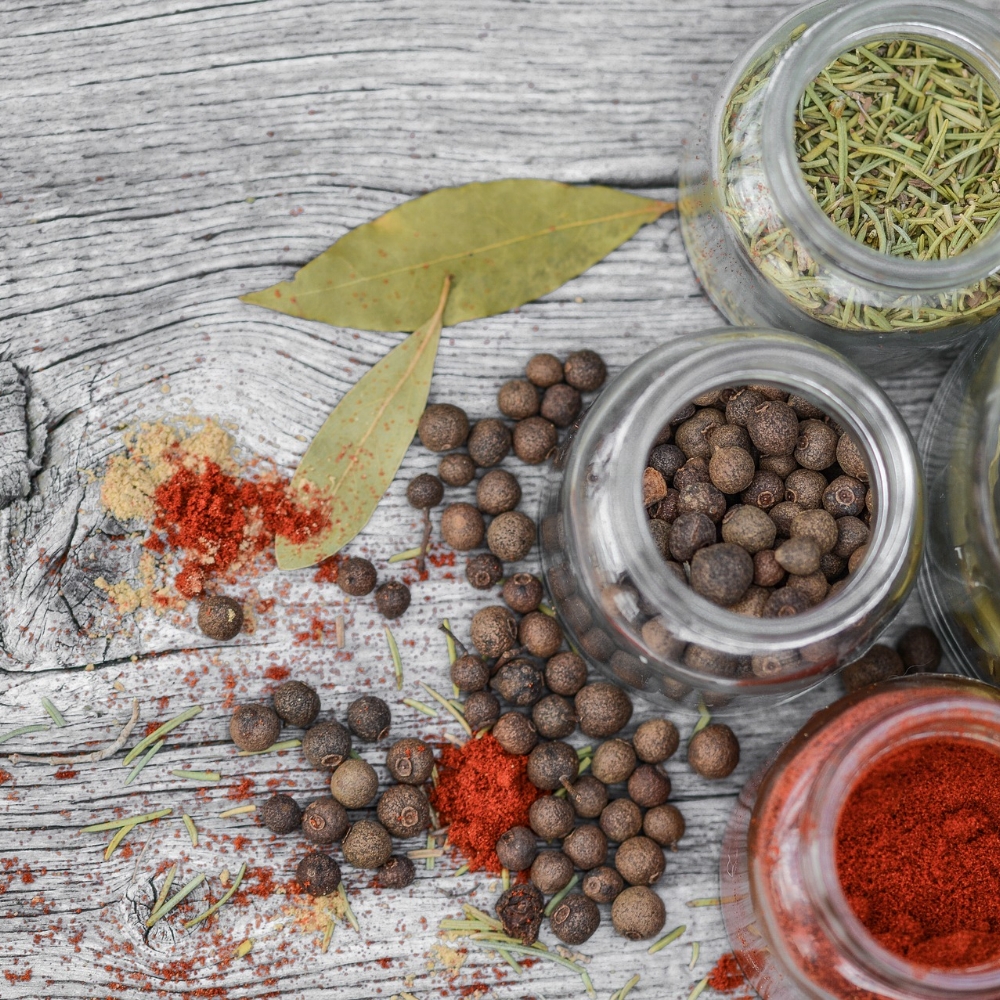
Seasonings and Spices in Spain
Dear Matteo,
As you probably know, Spanish cuisine is famous worldwide for being delicious and living here for years has meant that I have been able to explore the different options available. Living with Spaniards means I have also had insight into what makes up the base of traditional Spanish flavors and seasonings. Here is what I have learned so far:
Aliñado: Or “the giving of flavor to something” is how Spanish people refer to seasoning a dish mostly in the form of dressing, although it can refer to the addition of specific spices during the elaboration of a dish. As el aliño is one of the most important factors in cooking in almost all societies, how one does it makes the traditional flavors shine through? Personally, I would say that in Spain they stick to the basics: good extra virgin olive oil, salt, pepper, and, perhaps, vinegar. Spanish flavors tend to be simple, allowing the quality of the food to stand out.
Pro-tip: Spanish people don’t really use American-style dressing, so your options will be limited when shopping around. However, I suggest mixing up some hummus (the store-bought stuff is fine) with olive oil and vinegar to get a creamy yet tangy addition to your salad.
Sofrito: Although Spanish people might not consider sofrito itself as an aliño, the way it is made is the key to making authentic Spanish food. Sofrito is prepared by frying garlic, onions, paprika, tomatoes, etc. in a pan until soft and then adding this mixture to the dish (or cooking the dish right on top of it). Sofrito is not a specific recipe,* but tends to be similar in most families and across most dishes. If you sense a common base in most of your dishes, it might be because there is one—sofrito is used in most traditional Spanish foods.
Important Spices: There are a select few basic spices and seasoning that I would say are present in most Spanish dishes, that contribute to the flavors that we are used to. These are by no means the only spices that are used, but they are the ones that I see the most although, like most things, with globalization things may be changing.
- Olive oil: You may think that olive oil is not a spice or seasoning, but I would consider that a good olive oil is essential to Spanish food. Because Spain is the largest producer of olive oil worldwide it is not expensive to buy the good stuff and to use it for almost everything (in fact, I would say that most families have more than one bottle with different strengths for different things).
- Salt and pepper: Back to basics, Spanish food relies on the quality of the ingredients and just adds a little bit of salt and pepper to finish off the flavor profile, making these spices an important addition to your kitchen.
- Paprika: Mostly sweet dried red pepper, paprika adds a reddish color and a smoky-sweet flavor to a lot of dishes. It is also used in the preparation of traditional foods such as chorizo or sobrasada.
 Saffron: The special ingredient in a handful of traditional dishes such as paella, saffron is a beautiful flower (literally) of a spice that adds depth and color to a dish. Although in some families they may use more artificial coloring to get the traditional yellow/orange that saffron adds, many people still add a pinch or two to give a dish a little extra umph.
Saffron: The special ingredient in a handful of traditional dishes such as paella, saffron is a beautiful flower (literally) of a spice that adds depth and color to a dish. Although in some families they may use more artificial coloring to get the traditional yellow/orange that saffron adds, many people still add a pinch or two to give a dish a little extra umph.- Pre-packaged spices: Around the world people have less time to cook than they traditionally did, making spice packs a handy way to get the flavor you are looking for. While the packages might not be exactly what you are looking for (if grandma mixed the spices by hand, the flavor profile will be different to the pre-mixed one), they make things easier and mean that you don’t have to buy a bottle of each spice. This is especially popular with mixes like especias morunas, chicken or red meat mixes, herb mixes, etc.
Spanish food is not Mexican food: Please (please) do not come to Spain thinking that you will eat Mexican food—maybe you are thinking ‘duh’ but I really don’t want any confusion here. There are several main seasoning differences to consider. First of all, Spanish food is almost never spicy, relying on other types of flavors to set up the dish. If you are told that a dish is spicy, don’t worry, it is probably just a little extra ‘flavorful’ for Spanish people. Also, Spanish food doesn’t really incorporate fresh herbs such as parsley or cilantro, again using other flavors instead, and limes barely exist here, meaning that lemons act as the main acid. The fact that these basic ingredients are different means that the flavors are too. Also keep in mind that the Spanish in the two countries are different, so asking for a tortilla will get you different results in Spain than in Mexico, etc.. We are working on a post about more differences between Spanish and Latin American food, so stay tuned for that as well.
Let us know if you have any other doubts about Spanish flavor profiles or any experiences you would like to share!
Sincerely,
Spain
*Sofrito is not just Spanish, but also shows up in different forms, with different ingredients, in Portuguese and Italian societies as well.




